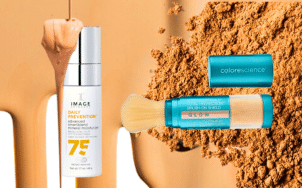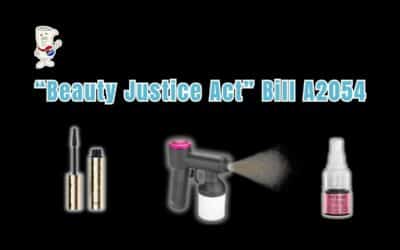What is a Dermaplaning Facial?

Dermaplaning uses a sterile blade and delicate, feather-like movements to gently remove the outermost layer of the epidermis. Serving as a method of exfoliation, dermaplaning removes dead skin cells along with surface debris. Healthy skin and younger skin cells are revealed as old, dry, and often damaged skin is removed.
Dermaplaning can be performed alone and for the majority of skin types dermaplaning can be combined at the same time as other skincare services such as microdermabrasion, chemical peels, and microneedling to name a few. Results can be seen after just one treatment and include smooth, radiant skin that glows.
What are the benefits of Dermaplaning?

By replacing old dull dry skin cells, Dermaplaning offers a plethora of skin rejuvenating benefits including:
Unblocks pores.
Improves skin tone and texture.
Increases efficacy and penetration of topical products.
Smooth skin helps makeup go on easier.
Another benefit adding to the Dermaplaning Facials popularity is that it removes the Vellus hair, commonly known as “peach fuzz” that cover the face. As the vellus hairs build up, dirt and oil are commonly trapped within the follicles, which can lead to congested pores and for some the growth of bacteria.
One of our most frequently asked question is “will dermaplaning make my hair grow back thicker, darker or more course?” The answer? No, this is physiologically impossible. The soft fine vellus hair will grow back slowly, usually in about 4-12 weeks.
There are 2 types of hair that grow on our bodies.
#1 Vellus hair is thin, fine, soft hair that typically covers the entire body.
#2 Terminal hair is the coarse hair that grows on the head, under arms, legs and pubic areas.
Dermaplaning, waxing, tweezing, sugaring, threading or any other depilatory form of hair removal cannot alter the type of hair grown in any given area.
Go follow our Instagram page to see before and after photos.




